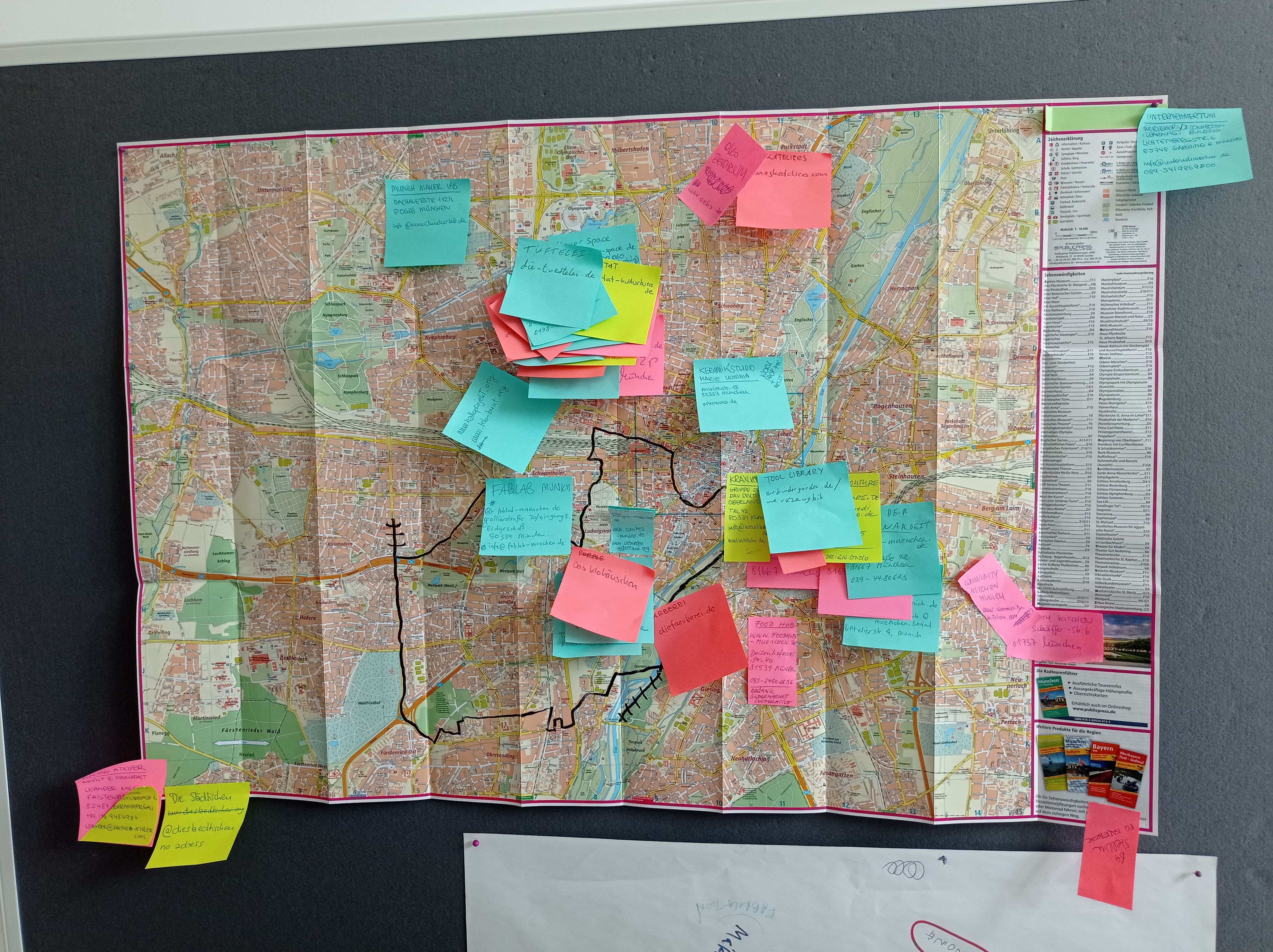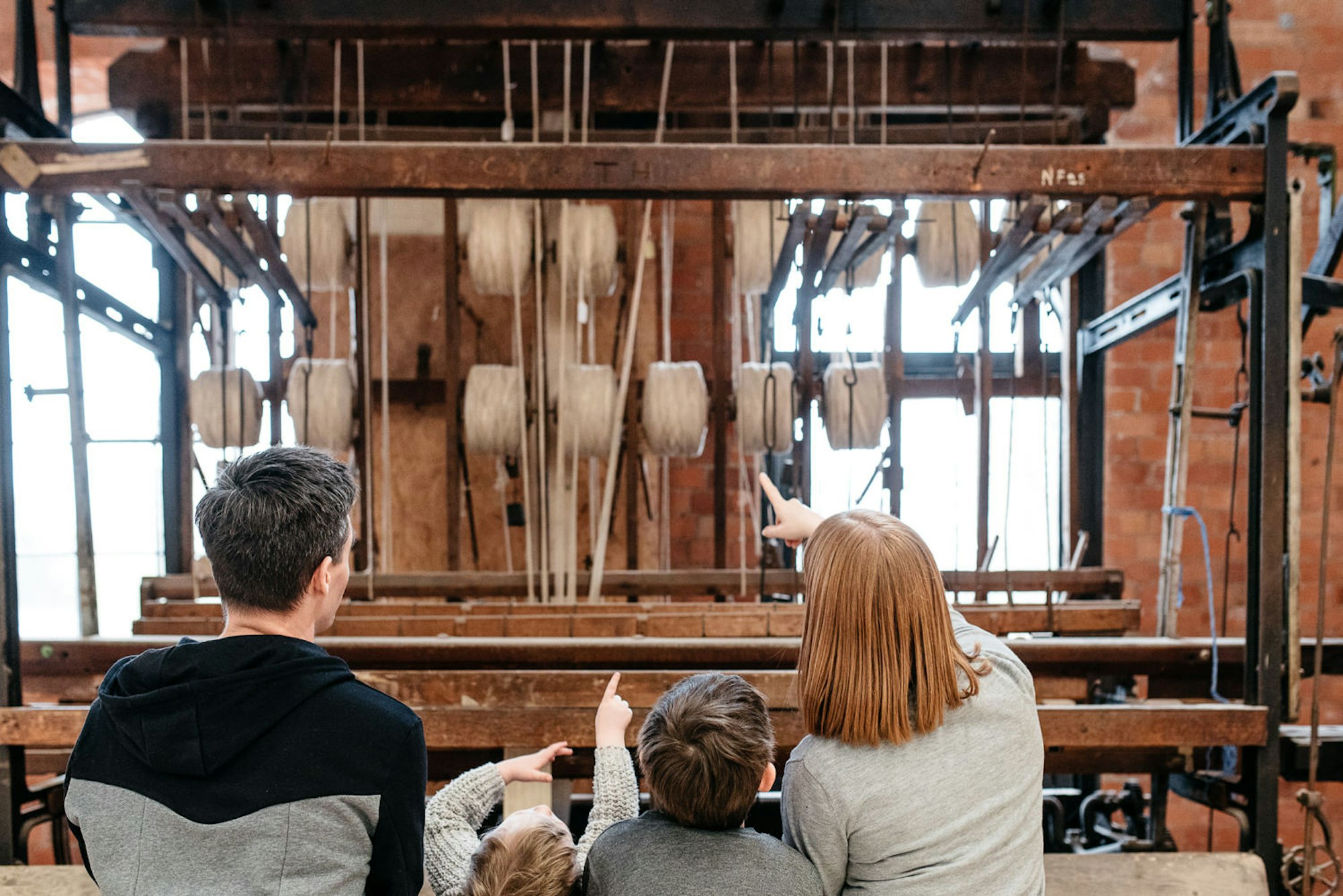The Makers: The New Industrial Revolution

Chris Anderson first published the Makers in 2012, in which he explores a possible future of manufacturing.
The book delves into how the digital revolution is starting to change the way we make things, and asks if the manufacturing industry might encounter similar shifts to those experienced by the music and publishing industry post-digitisation.
This is a book that, alongside Neil Gershenfeld’s “FAB”, can be seen to have influence over the many makespaces and hack labs across the world. It describes the ‘Maker movement’ and a new type of maker economy. In light of increasingly readily available and affordable digital fabrication hardware and software, Chris proposes that a new form of cottage industries will emerge whereby ordinary people are able to physically produce their own objects and sell them to a global network. He illustrates a democratic means of production that allows almost anyone to manufacture themselves; a move away from the power of production being in the hands of few multi-national corporations and instead into the hands of thousands of small scale entrepreneurial ‘makers’. This is the indie version of the American dream.
We felt very drawn into Chris’ vision of the future landscape, where manufacturing and entrepreneurial spirit come together to create a new maker economy. However, the difficulty is that Anderson fundamentally fails to understand the local, physical realities that the global community live and make in, outside of communities in the West coast of America.
For example, in his case study he highlights and praises Manchester FabLab – a digital workshop where members of the public are invited in to make, create and realise ideas in reality. However – we need to recognise that this is not particularly new. Open access workshop spaces to make things are what the print studios, the wood workshops and the sculpture workshops across the UK have been doing for the last fifty or more years. The same is true of the pieces of machinery used in digital fabrication, such as CNC machines, that have always existed in the small local manufacturing companies hidden away in industrial estates all over the country.
Anderson talks about how this new maker movement is replacing the traditional manufacturing industries, such as textiles which are “long gone” on the British Isles. From the work we have been doing in Scotland over the past two years, we know this to be untrue. We know that there are thousands of manufacturing companies who are willing to work with almost anyone with an idea; have incredible skills, craftsmanship and knowledge; and can produce one offs and bespoke prototypes right up to 1000s of units. The notion that anyone can make almost anything, has always been true. We think that the difficulty is in finding these smaller companies that too often feel intimidating, or cannot be found on Google. However, the prospect of connecting the rise of entrepreneurs who wish to manufacture things with small scale manufacturing is an exciting one.
What's the best part?
Our favourite part of The Makers is as ever, a practical one. Towards the end of the book, Chris provides an overview of how to ‘Get Started’ with basic digital fabrication processes. This includes processes like CNC machining, 3D printing and laser cutting. Although some key digital processes like digital fabric printing and PCB production are not included, this is still a great starting point and an inspiring introduction to digital fabrication.
Related titles -
The Long Tail - Chris Anderson
The New Industrial Revolution - Peter Marsh
Related terms -
Open hardware, Third Industrial Revolution, 3D Printing, Open Source, Maker Movement
Find out what Make Works thought of The Toaster Project, about Thomas Thwaites' 'heroic attempt to build a simple electric appliance from scratch.'
Categories
Bookshelf
Related stories
12 Days of Factory Films
Making it, Manufacturing Techniques for Product Design
The Toaster Project
Open Design Now
On Craftsmanship



